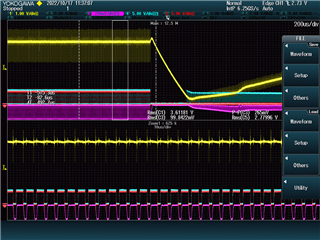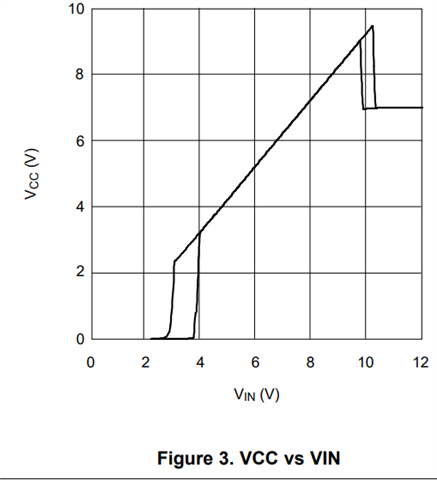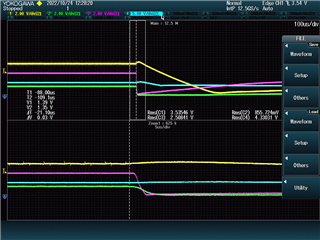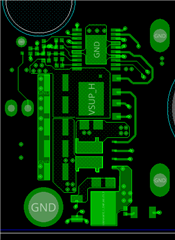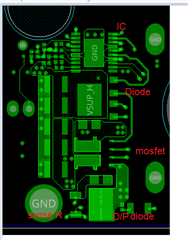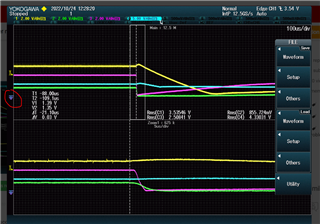Other Parts Discussed in Thread: LM5118, LMP8646
Hi
I am using LM5118 to design power supply of 5V,3A . The regulator works fine with buck operation. However, when the input voltages reaches close to 5V, it got stability issues and output is decreasing and stuck at approx. 2.5V. I am expected to work the regulator from 3.5 to 70V without any issues. Calculator sheet and excel attached below. I have tied VCCX pin to output. 5Vo 2.8Ao 10uH IPG5 B-Sample 5VAux LM5118 calculator_Ti.xlsm


